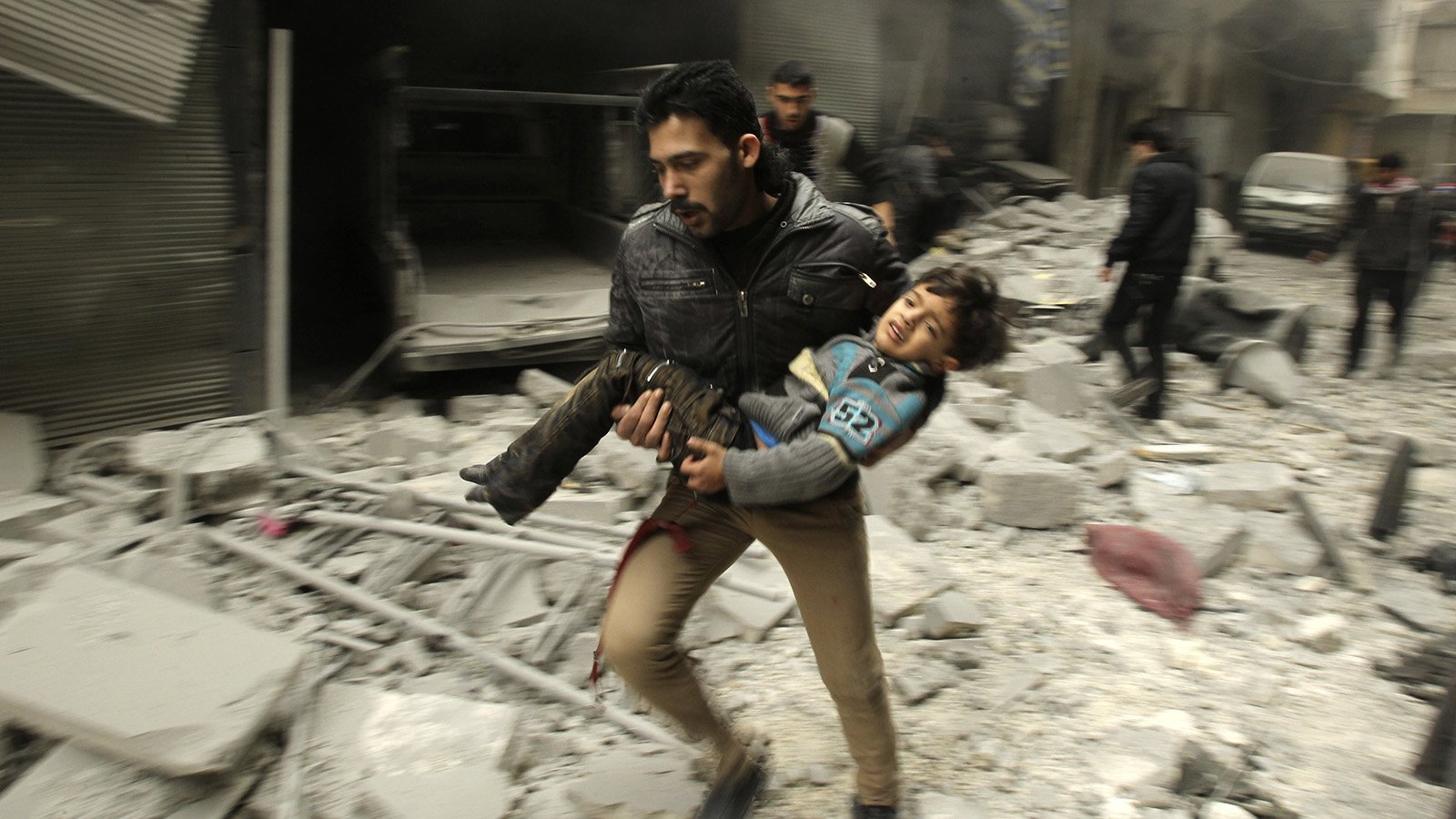
Languages
Available In
The report includes:
- Civilians killed by the government forces.
- Rebels killed by the government forces.
- Civilians and rebels killed by the Islamic State of Iraq and Syria (ISIL).
- Civilians and rebels killed by the armed opposition.
The report doesn’t include the death toll in the government forces and the ISIL since there are no specific criteria to be applied in such kind of documentation as both the Syrian authorities and the ISIL ban and pursue the team of SNHR.
Details
SNHR has documented the killing of 2867 people during March divided as follows:
First: The Government Forces
SNHR has documented the killing of 1722 civilians by the government forces, among them 266 children (nine children a day); two of them have died under torture inside the government’s detention centers, and 141 women, two of them have died under torture inside the government’s detention centers. The number of victims who died under torture inside the government’s detention centers was 176. (As average, six people die under torture everyday).
The percent of women and children victims is 24%; a clear indicator thatthe government forces is directly targeting civilians.
We also documented the killing of 759rebels by the government forces either during clashes or under shelling by the Syrian regime warplanes.
Second: The armed factions affiliated ISIL
SNHR documented the killing of 41civilians by the Islamic State of Iraq and Syria (ISIL) among them nine children, seven women and two media activist.
We also documented the killing of 221 rebels on the hands of ISIS either during the fight between this group and other rebels or through field executions of prisoners.
Third: Armed opposition
SNHR documented the killing of27 people by the armed opposition; 13 of them are civilians, among them are four women and two children.
Also we documented the killing of four rebels during internal conflicts within the armed opposition
Fourth: Unknowns
We also documented 97 incidents of killing which we were not able to name the side responsible for them.
We would like to mention that this is the death toll we could document accurately by name, place and time through our members who are distributed in different Syrian governorates. However, there are lots of cases which were out of our reach, especially in the cases of massacres in some towns and villages where the Syrian government usually cuts all connections and surrounds the targeted town or village, which will probably increase the actual number of victims. All of this is because the Syrian government precedents Human Rights organizations from working on its lands.
//


